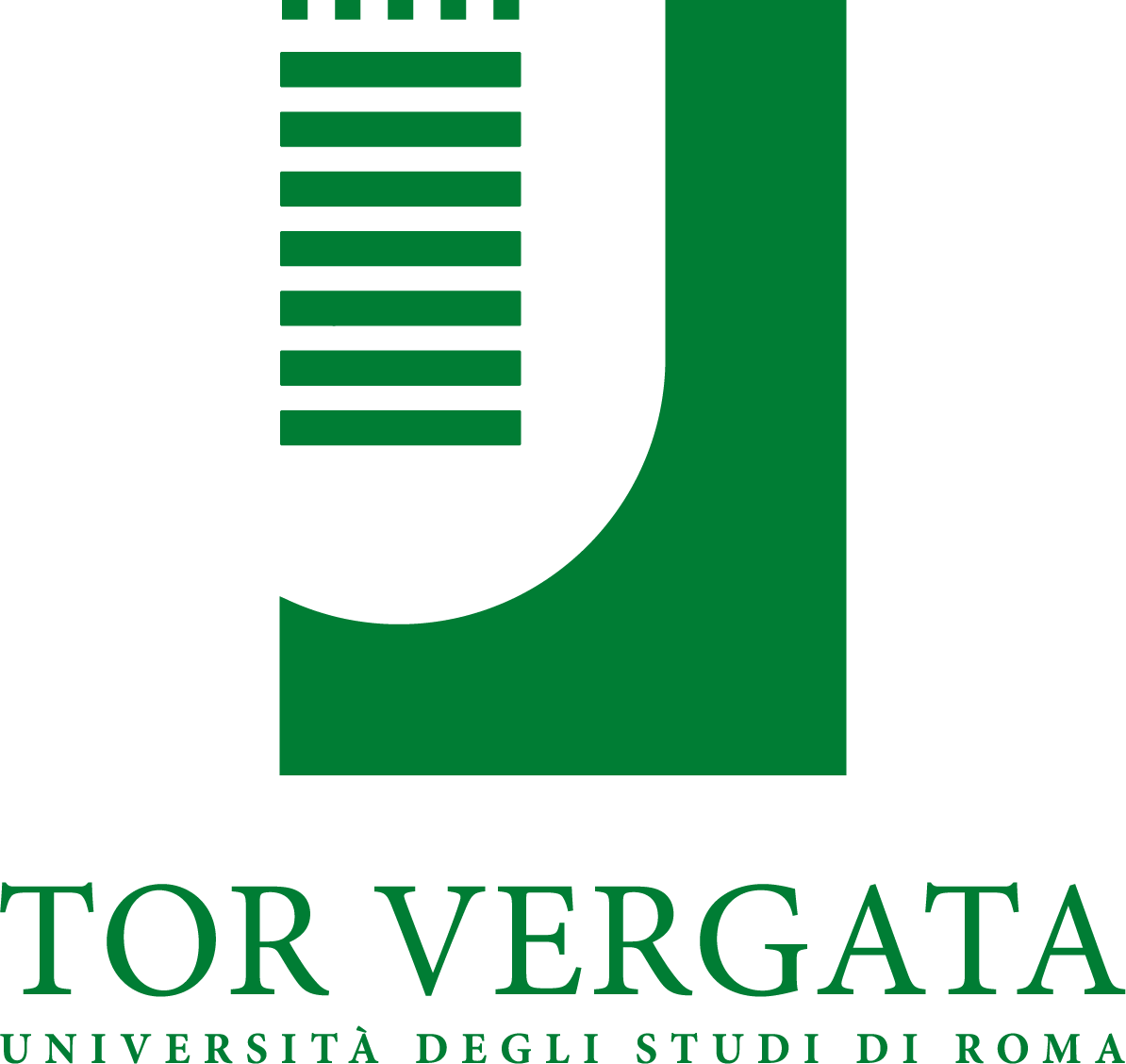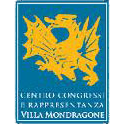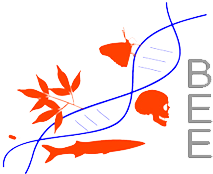Curriculum vitae
Maria Teresa Carrì is currently Full Professor of Biochemistry at the Department of Biology, University of Rome Tor Vergata. She teaches “Biochemistry and Biochemical Methods in Biotechnology” (full course) and “Biochemical mechanisms of neurodegeneration” (short course)
She serves as Co-ordinator of degree courses in Biotechnology in the same Department and is a Member in the PhD Program “Molecular and Cell Biology”.
From 2012 she’s also Associate Editor for the journal Neurochemistry International (Elsevier) and from 2014 Section Editor fro the journal Neuroscience (Elsevier). From 2015 she’s also Member of the FWO (Belgium) expert panel.
She is author of more than 100 papers on indexed journals (H-factor 32, total citations > 3000)
Grants (last five years)
ALS Association (USA)
Era-NET Neuron (EU)
AISLA Foundation (Italy)
Fondation Thierry Latran (France)
Compagnia San Paolo IMI (Italy – Bank Foundation)
MIUR – Prin (Italy)
Frick Foundation (Switzerland, starts in 2013)
AriSLA Foundation (Italy, starts in 2013)
International collaborations (active in 2015)
Prof. Javier Garcia-Sancho – University of Valladolid, Spain
Prof. Jean-Philippe Loeffler, University of Strasbourg, France
Dr. Tilmann Achsel – VIB Center for the Biology of Disease, KU Leuven, Belgium
Research topics
The main interest of this group is the study of the mechanisms that underlie neurodegeneration in amyotrophic lateral sclerosis (ALS). In particular, we focus on the following aspects:
• Role of mitochondrial dysfunction in the pathogenesis of ALS
As in other neurodegenerative diseases, mitochondrial damage seems to be a major player in ALS, since mitochondrial dysfunction occurs early in ALS patients and models based on the expression of mutant SOD1. We are trying to understand whether this is a common feature in non-SOD1 linked ALS.
• Role of protein aggregates in the pathogenesis of ALS
Another common features shared by sporadic ALS and familiar ALS patients is the presence of protein aggregates that may derive from intrinsic instability of mutant proteins, from mitochondria-dependent oxidative stress and/or from impairment of removal of misfolded forms, and that most probably contribute to impair the function and viability of motor neurons. We are studying the contribution of misfolding in ALS models based on the expression of mutant proteins (SOD1, TDP43, FUS).
• Role of RNA dysmetabolism in the pathogenesis of ALS
RNA dysmetabolism is suggested by genetic association of familial ALS with mutations in proteins (e.g. TDP-43, FUS/TLS) that are involved in RNA splicing and interact with the splicing regulator SMN. We are focusing on RNA-protein complexes involved in mRNA splicing in ALS models.
• Role of C9orf72 in the pathogenesis of ALS
Exanucleotide expansions in C9orf72 have been recently found to be the most frequent cause of familial ALS. We have built experimental models to unravel the role of the protein encoded by this gene and the possible formation of aberrant RNA foci by the transcribed expansion.
• Role of p32 in the pathogenesis of ALS
We have recently identified p32 as one of the proteins that specifically bind to C-terminal end of FUS/TLS, a protein that is found mutated in part of familial ALS patients. p32 is a protein involved in splicing, expressed in motor neurons, and has several mitochondria-related properties that may be relevant for the pathogenesis of ALS. We are currently investigating on the functional relevance of the p32/FUS interaction.
• Role of Sirtuin 3 in the pathogenesis of ALS
Epigenetic modifications due to altered expression of histone deacetylases may be involved in neurodegenerative diseases including ALS. Sirtuin 3 is a class III histone deacetylase involved in the regulation of mitochondrial proteins. We are studying the role of Sirtuin3 signaling and of the modulation of its isoforms in the pathogenesis of ALS.
Selected Publications
1. Rossi S, Serrano A, Gerbino V, Giorgi A, Di Francesco L, Nencini M, Bozzo F,Schininà ME, Bagni C, Cestra G, Carrì MT, Achsel T, Cozzolino M. Nuclear accumulation of mRNAs underlies G4C2-repeat-induced translational repression in a cellular model of C9orf72 ALS. J Cell Sci. 2015 May 1;128(9):1787-99.
2. Carrì MT. Philanthropy: ice-bucket challenge should jolt funding. Nature. 2014 Nov 20;515(7527):343.
3. Valle C, Salvatori I, Gerbino V, Rossi S, Palamiuc L, René F, Carrì MT. Tissue-specific deregulation of selected HDACs characterizes ALS progression in mouse models: pharmacological characterization of SIRT1 and SIRT2 pathways. Cell Death Dis. 2014 Jun 19;5:e1296.
4. Apolloni S, Parisi C, Pesaresi MG, Rossi S, Carrì MT, Cozzolino M, Volonté C, D’Ambrosi N. The NADPH oxidase pathway is dysregulated by the P2X7 receptor in the SOD1-G93A microglia model of amyotrophic lateral sclerosis. J Immunol. 2013 May 15;190(10):5187-95.
5. Gerbino V, Carrì MT, Cozzolino M, Achsel T. Mislocalised FUS mutants stall spliceosomal snRNPs in the cytoplasm. Neurobiol Dis. 2013 Jul;55:120-8.
6. Banci L, Bertini I, Blaževitš O, Calderone V, Cantini F, Mao J, Trapananti A, Vieru M, Amori I, Cozzolino M, Carrì MT. Interaction of cisplatin with human superoxide dismutase. J Am Chem Soc. 2012 Apr 25;134(16):7009-14.
7. Pesaresi MG, Amori I, Giorgi C, Ferri A, Fiorenzo P, Gabanella F, Salvatore AM, Giorgio M, Pelicci PG, Pinton P, Carrì MT, Cozzolino M. Mitochondrial redox signalling by p66Shc mediates ALS-like disease through Rac1 inactivation. Hum Mol Genet. 2011 Nov 1;20(21):4196-208.
8. Ferri A, Fiorenzo P, Nencini M, Cozzolino M, Pesaresi MG, Valle C, Sepe S, Moreno S, Carrì MT. Glutaredoxin 2 prevents aggregation of mutant SOD1 in mitochondria and abolishes its toxicity. Hum Mol Genet. 2010 Nov 15;19(22):4529-42.
9. Cozzolino M, Pesaresi MG, Amori I, Crosio C, Ferri A, Nencini M, Carrì MT. Oligomerization of mutant SOD1 in mitochondria of motoneuronal cells drives mitochondrial damage and cell toxicity. Antioxid Redox Signal. 2009 Jul;11(7):1547-58.
10. Carrì MT. Minocycline for patients with ALS. Lancet Neurol. 2008 Feb;7(2):118-9
11. Cozzolino M, Amori I, Pesaresi MG, Ferri A, Nencini M, Carrì MT. Cysteine 111 affects aggregation and cytotoxicity of mutant Cu,Zn-superoxide dismutase associated with familial amyotrophic lateral sclerosis. J Biol Chem. 2008 Jan 11;283(2):866-74.
12. Ferri A, Cozzolino M, Crosio C, Nencini M, Casciati A, Gralla EB, Rotilio G, Valentine JS, Carrì MT. Familial ALS-superoxide dismutases associate with mitochondria and shift their redox potentials. Proc Natl Acad Sci U S A. 2006 Sep 12;103(37):13860-5.
13. Crosio C, Casciati A, Iaccarino C, Rotilio G, Carrì MT. Bcl2a1 serves as a switch in death of motor neurons in amyotrophic lateral sclerosis. Cell Death Differ. 2006 Dec;13(12):2150-3.
14. Carrì MT, Grignaschi G, Bendotti C. Targets in ALS: designing multidrug therapies. Trends Pharmacol Sci. 2006 May;27(5):267-73.
15. Bendotti C, Carrì MT. Lessons from models of SOD1-linked familial ALS. Trends Mol Med. 2004 Aug;10(8):393-400.
16. Cozzolino M, Ferraro E, Ferri A, Rigamonti D, Quondamatteo F, Ding H, Xu ZS, Ferrari F, Angelini DF, Rotilio G, Cattaneo E, Carrì MT, Cecconi F. Apoptosome inactivation rescues proneural and neural cells from neurodegeneration. Cell Death Differ. 2004 Nov;11(11):1179-91.
17. Ferri A, Nencini M, Casciati A, Cozzolino M, Angelini DF, Longone P, Spalloni A, Rotilio G, Carrì MT. Cell death in amyotrophic lateral sclerosis: interplay between neuronal and glial cells. FASEB J. 2004 Aug;18(11):1261-3.
18. Gabbianelli R, Ferri A, Rotilio G, Carrì MT. Aberrant copper chemistry as a major mediator of oxidative stress in a human cellular model of amyotrophic lateral sclerosis. J Neurochem. 1999 Sep;73(3):1175-80.
19. Carrì MT, Ferri A, Battistoni A, Famhy L, Gabbianelli R, Poccia F, Rotilio G. Expression of a Cu,Zn superoxide dismutase typical of familial amyotrophic lateral sclerosis induces mitochondrial alteration and increase of cytosolic Ca2+ concentration in transfected neuroblastoma SH-SY5Y cells. FEBS Lett. 1997 Sep 8;414(2):365-8.
20. Carri MT, Battistoni A, Polizio F, Desideri A, Rotilio G. Impaired copper binding by the H46R mutant of human Cu,Zn superoxide dismutase, involved in amyotrophic lateral sclerosis. FEBS Lett. 1994 Dec 19;356(2-3):314-6.
21. Steinkühler C, Sapora O, Carrì MT, Nagel W, Marcocci L, Ciriolo MR, Weser U, Rotilio G. Increase of Cu,Zn-superoxide dismutase activity during differentiation of human K562 cells involves activation by copper of a constantly expressed copper-deficient protein. J Biol Chem. 1991 Dec 25;266(36):24580-7.
22. Carri MT, Galiazzo F, Ciriolo MR, Rotilio G. Evidence for co-regulation of Cu,Zn superoxide dismutase and metallothionein gene expression in yeast through transcriptional control by copper via the ACE 1 factor. FEBS Lett. 1991 Jan 28;278(2):263-6.
23. Zeller R, Carri MT, Mattaj IW, De Robertis EM. Xenopus laevis U1 snRNA genes: characterisation of transcriptionally active genes reveals major and minor repeated gene families. EMBO J. 1984 May;3(5):1075-81.
24. Buongiorno-Nardelli M, Micheli G, Carri MT, Marilley M. A relationship between replicon size and supercoiled loop domains in the eukaryotic genome. Nature. 1982 Jul 1;298(5869):100-2.
Research group and contacts
Maria Teresa Carrì carri@Bio.uniroma2.it +39 06 50170 3087
Cristiana Valle, staff scientist (CNR) cvalle@ibc.cnr.it +39 06 50170 3071
Simona Rossi, Junior Post-Doc simona.rossi87@gmail.com +39 06 50170 3091
Francesca Bozzo, PhD student francesca.bozzo87@gmail.com +39 06 50170 3091
Alessia Mirra, PhD student ale.mirra@hotmail.it +39 06 50170 3091
Illari Salvatori, grad. student illarisalvatori@libero.it +39 06 50170 3091






Università di Tor Vergata